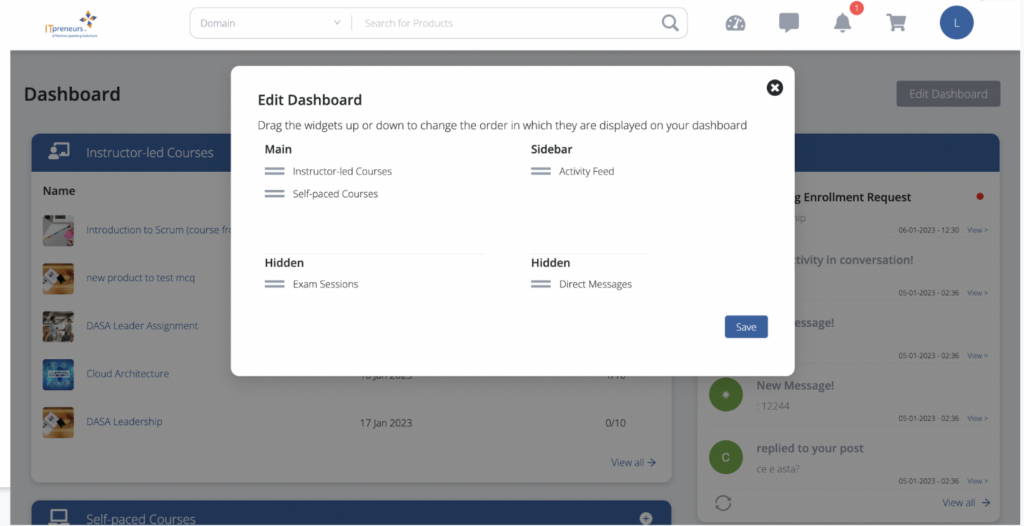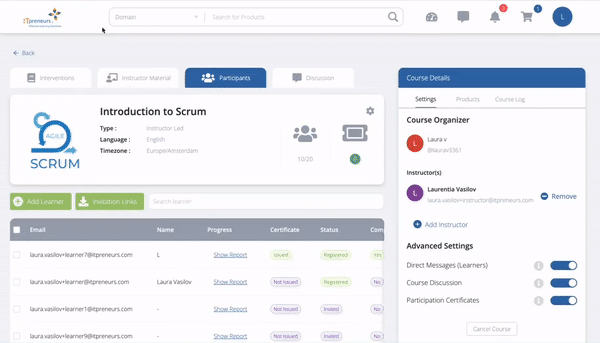IT transformation is about how information systems and IT services are developed, run, and supported. It can include the decentralization of the IT function and its integration in digital lines of business, as shown in the following figure.
The term ‘IT transformation’ refers to a major change where business and IT act as separate organizational functions. The transformation denotes an improvement in providing IT services to its customers. Using the term ‘IT Transformation’ is inappropriate where business and IT do not act as separate organizational functions and are inseparably intertwined, such as in the case of most digital organizations. It is still useful to distinguish between the application of digital technology and its realization. However, it will be part of digital transformation only.
Let’s discuss the models of transformation depicted in the preceding figure.
Model 1: Before organizations undergo a digital transformation, they are managed separately from their IT service providers, whether internal or external. An IT service provider focuses on the management of IT resources to create and deliver IT products and services. On the other hand, a service consumer focuses on the management of its products, services, and resources, including those delivered or supported by the IT service provider. An organization acting as a service consumer can influence the management of the service provider.
Model 2: The IT service provider and the service consumer can transform their management, resources, products, and services. These transformations can be interrelated, but they do not significantly change the way the two organizations work together or the role of IT in the service consumer organization.
Model 3: When the organizations undergo a digital transformation, the role of digital technology in the business of the service consumer significantly changes. It includes some or all of the following activities:
- Digitization of the organization’s products and services
- Digitization of the organization’s management practices
- Digitization of a significant part of the organization’s resources
- Integration of IT management into business management (development of a partnership with the IT service provider or the merging of management practices)
About the author

As an IT Service Management trainer, consultant and line manager with over 25 years of experience in IT, Marcel has performed strategic and tactical assignments in a wide variety of areas. For the ITIL 4 update, Marcel has been part of the ITIL 4 Lead Architect Team and Review Team at AXELOS. Through his association with AXELOS, Marcel comprehends the background, the architecture, and the underlying reasons of the ITIL 4 update.
Related Courseware
Sorry, we couldn't find any posts. Please try a different search.




